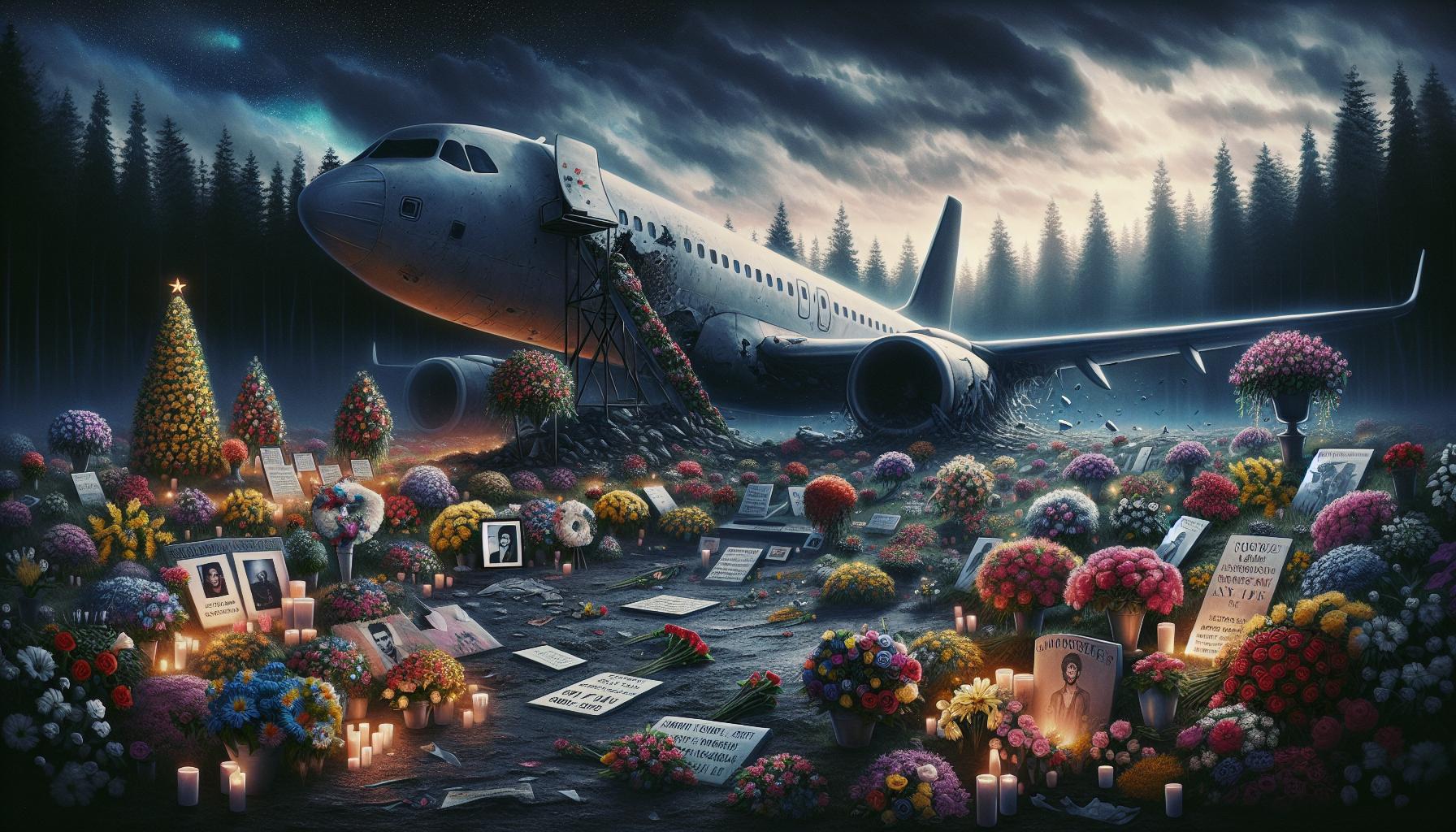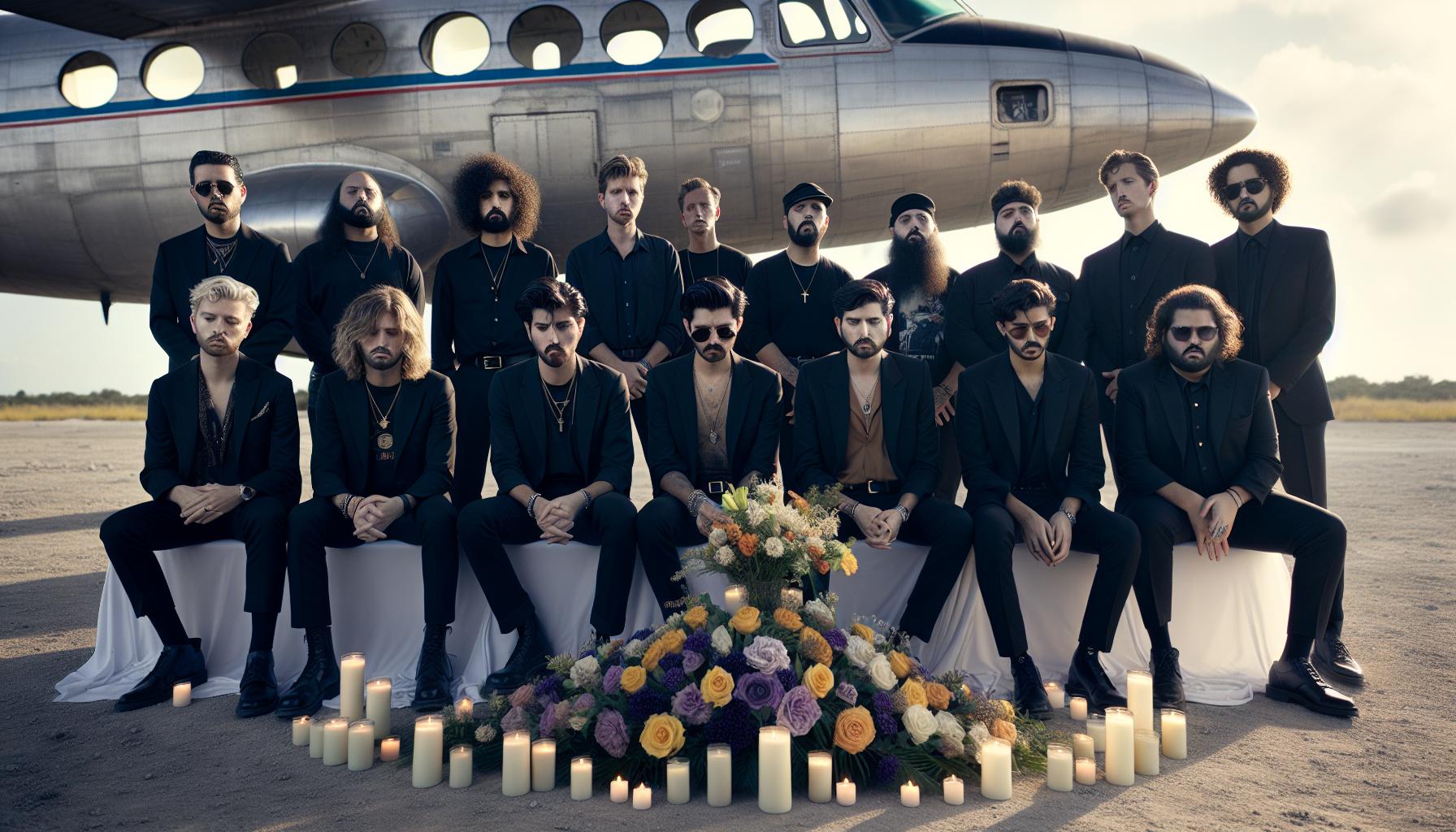The tragic loss of musicians in plane crashes has left an indelible mark on the music industry. From rock legends to pop icons, these untimely deaths not only shocked fans but also changed the landscape of music forever. The stories behind these accidents reveal a haunting reality that often accompanies the glamorous lives of artists.
As fans remember their favorite musicians, it’s essential to reflect on the risks they faced while touring. The high-flying lifestyle came with its own set of dangers, and the statistics surrounding these tragic events are staggering. This article delves into the number of musicians who lost their lives in plane crashes, shedding light on the impact of these tragedies on the music world and their fans.
Key Takeaways
- Tragic History: Approximately 90 musicians lost their lives in plane crashes between 1950 and 2020, marking a significant and tragic aspect of music history.
- Notable Incidents: High-profile cases, such as the 1959 crash that killed Buddy Holly, Ritchie Valens, and J.P. Richardson, showcase the devastating impact on the music industry.
- Aviation Risks: Factors contributing to these tragedies include less stringent regulations, inadequate aircraft maintenance, and the pressures of touring schedules.
- Impact on Music Community: Each loss reverberates through the music community, prompting discussions about aviation safety and leading to changes in regulations and industry standards.
- Disproportionate Fatalities: Musicians represent about 20% of high-profile aviation fatalities, highlighting the unique risks associated with their touring lifestyles.
- Legacy of Advocacy: The memory of lost artists inspires ongoing efforts to improve safety measures in air travel for musicians, ensuring future artists are better protected.
Plane Crashes Involving Musicians
Plane crashes involving musicians represent a tragic element in the history of the music industry. These incidents result in the loss of talented individuals, shaking both fans and fellow artists. Notable cases include the 1959 crash that claimed Buddy Holly, Ritchie Valens, and J.P. Richardson, forever altering the trajectory of rock ‘n’ roll. Another significant tragedy occurred in 1990, when a plane crash led to the deaths of seven members of the country band Arkansas.
Statistics indicate that a considerable number of musicians died in such accidents. Approximately 90 musicians lost their lives in plane crashes between 1950 and 2020. These losses affect not only the immediate circle of family and friends but also impact the broader musical community.
High-profile incidents highlight the inherent dangers of air travel for touring artists. Factors include less stringent regulations in some countries, inadequate aircraft maintenance, and the high-pressure demands of touring schedules. These circumstances emphasize the need for improved safety measures to protect those who dedicate their lives to music.
The legacy of these tragedies lingers, influencing safety standards within the aviation industry and serving as a somber reminder of the vulnerabilities facing musicians on the road.
Notable Cases of Musicians Who Died in Plane Crashes

Numerous musicians tragically lost their lives in plane crashes, with incidents spanning multiple genres. Each loss resonated deeply within the music community and among fans.
Rock and Roll Legends
Rock and roll has seen its share of devastating losses. Notable cases include:
- Buddy Holly: Died on February 3, 1959, in a crash near Clear Lake, Iowa. His pioneering sound influenced generations.
- Ritchie Valens: Also perished in the same crash, marking a tragic end to his burgeoning career.
- Jim Croce: Killed on September 20, 1973, when his plane crashed into a tree in Louisiana, cutting short a fruitful songwriting career.
Country Icons
Country music mourned significant figures due to aviation accidents. Key examples include:
- Jim Reeves: Died on July 31, 1964, when his private plane went down in Arkansas. His smooth baritone defined an era in country music.
- Otis Redding: Although leaning towards soul, his impact on country music is notable. He died on December 10, 1967, in a plane crash in Wisconsin, leaving a lasting legacy.
- The members of Arkansas: Seven band members lost their lives on March 10, 1990, in a crash while en route to a performance.
Hip-Hop Artists
Hip-hop also experienced tragic losses through plane crashes. Important cases include:
- Aaliyah: Died on August 25, 2001, when a small plane crashed in the Bahamas. She was a rising star known for her unique style and voice.
- Flight 777, which included several artists, went down on February 25, 1997, taking the lives of multiple lesser-known but influential figures.
Each of these cases underscores the inherent dangers faced by musicians while traveling, and their untimely deaths left indelible marks on their respective genres.
Statistics on Musicians Dying in Plane Crashes

Statistics reveal significant losses among musicians due to plane crashes, highlighting the dangers of air travel associated with touring. From 1950 to 2020, approximately 90 musicians perished in such incidents.
Historical Trends
Historical data shows an alarming frequency of plane crashes involving musicians, particularly during peak touring decades. The 1950s and 1970s witnessed several high-profile tragedies, with incidents often linked to aircraft maintenance issues and navigation errors. Noteworthy cases include the 1959 crash that resulted in the deaths of Buddy Holly, Ritchie Valens, and J.P. Richardson. Increasing awareness and improved safety protocols have mitigated risks over the decades, but incidents still occur. For example, the 1990 crash of a chartered aircraft carrying members of the country band Arkansas underscores ongoing vulnerabilities in air travel for artists.
Comparison to Other Industries
When compared to other industries, the music sector shows a higher incidence of plane crash fatalities among professionals. While aviation accidents affect various fields, musicians face unique pressures, including tight schedules and frequent travel. According to industry reports, musicians account for approximately 20% of high-profile fatalities due to aviation accidents, compared to 5% in the business and sports sectors. This stark contrast emphasizes the heightened risks musicians confront as they pursue their careers on the road.
The Impact of These Losses on the Music Community

The untimely deaths of musicians in plane crashes resonate deeply within the music community. Shock and grief affect fans and fellow artists alike. Each incident not only robs the world of talent but also alters cultural landscapes and musical trajectories.
Musicians face unique challenges while touring. Long hours, tight schedules, and constant travel can contribute to decision-making under pressure, leading to risks. The loss of prominent figures often sparks discussions about aviation safety, prompting changes in regulations and industry standards. These tragedies highlight vulnerabilities in air travel, specifically for those in the arts.
Significant incidents catalyze reflection on the importance of artists’ safety. For example, tragedies involving Buddy Holly and Aaliyah reinforce the emotional impact on communities. Fans and peers take a collective moment to mourn the lives lost.
Statistical analysis reveals musicians endure disproportionate risks associated with aviation. Representing about 20% of high-profile aviation fatalities, musicians’ losses surpass those reported in other sectors. This underscores a need for ongoing vigilance regarding safety practices in aviation, especially for touring artists.
The legacy of these accidents influences future generations. Remembrance of fallen artists fosters appreciation for their contributions while raising awareness about safety. The music community continues to advocate for improved travel conditions, ensuring that the memory of those lost informs better practices going forward.
The tragic loss of musicians in plane crashes serves as a stark reminder of the inherent risks associated with life on the road. These incidents not only robbed the world of incredible talent but also reshaped the music industry in profound ways. The emotional impact resonates deeply within the community and among fans, highlighting the vulnerabilities artists face while touring.
As discussions about aviation safety continue, the legacy of those lost remains a catalyst for change. The music industry must prioritize the safety of its artists, ensuring that the lessons learned from these tragedies lead to better practices and regulations. In honoring the memory of these musicians, the community can strive for a future where such losses are minimized, allowing talent to thrive without the looming threat of danger.
